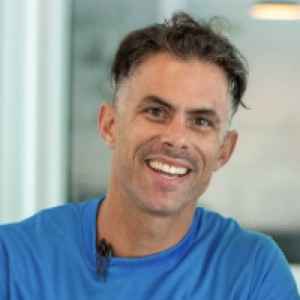How to Address Indoor Air Quality
To address these indoor air quality concerns, HVAC professionals need to focus on a holistic approach that includes proper system design, installation, and maintenance. This includes accurately calculating heating and cooling loads based on building size, orientation, construction materials, number of occupants, etc., to ensure adequate airflow and ventilation. Here is how Radocaj addresses indoor air quality.
Assessment
First and foremost, an HVAC professional needs to assess what is going on with the home or building. While it is possible to glean all the necessary information from an inspection, Radocaj relies on those with experience: “I trust that the homeowner is the expert of that home, and then insert my expertise around what they. They already know the issues in the home,” he says. He asks them what they like about the home and then listens to their complaints about cold or hot rooms, leaky windows, moldy areas, or air drafts.
Once he has the homeowners’ firsthand account, he starts his inspection. “A lot of it is photo documentation. We like to crawl through all the nooks and crannies of the attic, and those are always really eye-opening to the homeowners. We take pictures from below with infrared cameras, too. We can show them these deficiencies and insulation leakage. People typically have been sticking their heads in the sand regarding these issues, or they’ve become comfortable with just living with them, so we need to show them firsthand what is going on,” he shares.
Also, Radocaj makes sure to ask how people in the home are feeling. “We really want to make sure that we’re talking about that so they can notice and be aware of it. Not all things in the air in your house might not impact you. If there are two people living at the home, it might not impact the husband or the wife. When the grandchildren or son or daughter return from college, they might have issues with the air in the house. Homeowners should pay attention to this,” he says. Not everyone may notice when someone isn’t doing well, so it is important to bring it up often.
Action Plan
Once the assessment is done, it is time to work on the next steps. “We start with the baseline. We run some tests, and when we have the results, we can tell the owner that this is how leaky your home and duct systems are now with concrete hard numbers,” explains Radocaj. “Then we tell them what needs to be done and how it will impact how they feel living inside the house once we’re complete. Which is generally a lot better.”
This process can include replacing a leaky ducting system, adding insulation, or sealing up air leaks. Radocaj also encourages homeowners to use Energy Star-approved appliances to increase their homes’ energy efficiency. After completing all the work, they redo all the testing to show the homeowner how the indoor air quality has improved.
Collaboration
It is not just about the HVAC professional determining and implementing solutions. It is also essential to work with other professionals, such as energy auditors or home performance contractors, to ensure all areas of the building are addressed. “There are such complex systems, and there are so many different aspects involved, it makes communication between trades imperative,” says Radocaj.
“Especially with encapsulated houses, where there has to be communication between everyone and at least have a basic understanding about maintaining indoor air quality. So if someone makes a hole in it, we need to fill that hole in or let somebody know who can fill that hole in. For example, if the electrician had to cut in wiring for a camera and make a big hole to work through, they can’t just leave it, or it will cause humidity problems.”
Ongoing Maintenance
Lastly, ongoing maintenance is crucial to ensure good indoor air quality. This includes regular filter changes, system check-ups and cleanings, and addressing any potential issues as soon as they arise. By staying on top of maintenance, homeowners can continue to enjoy a healthy indoor environment for years to come.
It is also important for HVAC professionals to educate their clients on the importance of maintenance and provide them with tips and resources on how they can maintain good indoor air quality in between professional visits.




